Poland poultry a powerhouse to reckon with
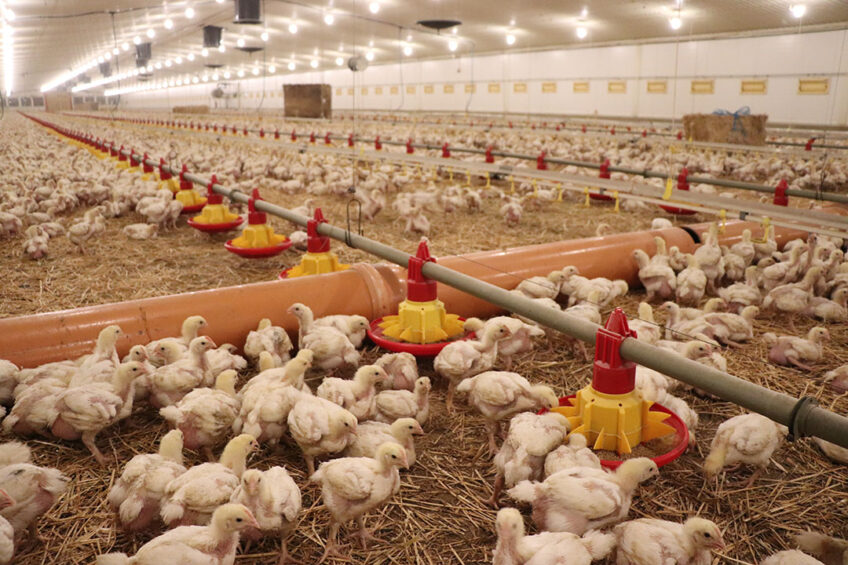
Compared to other agricultural sectors in Poland, the Polish poultry sector has seen rapid growth in recent years. The Polish poultry meat sector is now a formidable competitor with other poultry superpowers in the European Union. Poultry World visited the Lesniewski family. Father Jerzy and son Bartosz own almost 300,000 broilers in Świętno in western Poland.
The Lesniewski family had no farming background originally. Father Jerzy Lesniewski and his wife bought a piece of land in 1986 where the broiler farm is now located. Their first house of 1,000 m2 was immediately built for – at that time – 8,000 turkeys.
Jerzy: “In the early days it was difficult to get young fattening turkeys.” The Lesniewski family managed to get hold of the animals through a clever detour. The young fattening turkeys were flown in from Ontario, Canada, via Amsterdam, to Poland and then on to Świętno. “We had no experience with fattening turkeys whatsoever, but it worked out for us,” says Jerzy.
Switch to broilers
In 1989, the Lesniewski family decided to switch from raising fattening turkeys to rearing them for the first 3 weeks. A total of 25,000 turkey chicks were raised each cycle for turkey farmers in the region. This was just free trade and not through an integration.
Jerzy: “In 1992 we decided to switch again, this time to raising broilers. That was because the turkey farmers we had supplied decided to raise the turkey chicks themselves.” They started in 1992 with 20,000 broilers of the Polish breed/brand Astra. The animals were grown for 8 weeks and went to the slaughterhouse at about 2.1-2.2 kg. The feed conversion ratio (FCR) at that time was about 2:1.
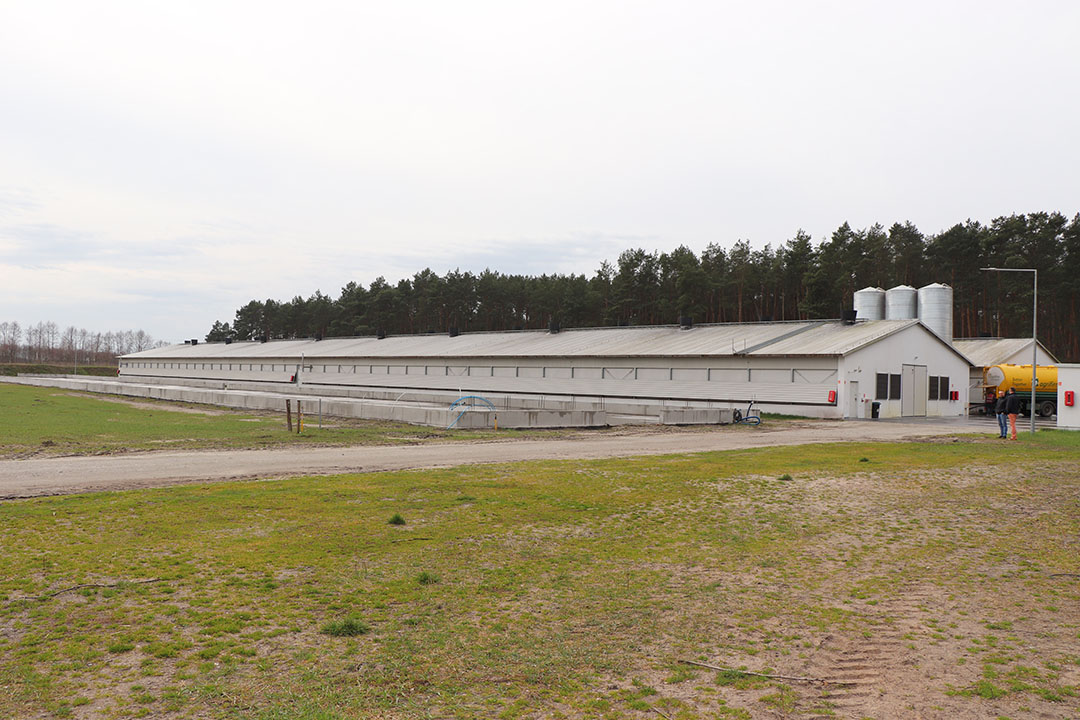
In 2002, a second broiler house was built for 25,000 broilers, bringing the total number to 45,000 broilers. In the meantime they had switched from the breed Astra to Ross 308. Various slaughterhouses in the region bought the animals. In 2015, the family built a third house for 50,000 broilers, bringing the total number to 95,000 broilers. In 2016, 2 barns were built simultaneously for a total of 100,000 broilers. Shortly after the construction of these barns, EU regulations came into effect allowing the Lesniewski family to keep a maximum of 38 kg/m2 of broilers. The company grew to 195,000 broilers in total. They then applied for another building permit, this time for 4 houses. Jerzy: “With hindsight that was very wise, because it became increasingly difficult in our country to obtain permits as an agricultural company”.
In 2019, the construction of 2 houses for 100,000 broilers began. As a result the company now has 295,000 broilers. The foundations of the third barn have already been laid. When all the houses (that they are allowed to build under the permit) are ready, they will be able to keep 395,000 broilers. All other requirements for the construction and equipment are also becoming stricter, both because of Polish national legislation and municipal regulations. “For example, there must be at least 20% daylight in the houses and the impact of extra houses on nature and the environment is now also taken into account,” said Jerzy.
Sharp on technical results
Since son Bartosz took over the company from his father in 2013, management has become more focused on the technical results. In 2014 the FCR was still 1.80, it has in the meantime become 1.63. The broilers used to go to the slaughterhouse at 45 days, now they go at 42 days. The average delivery weight is 2.8 kgs. For a number of years now the chicks have been delivered to the large Dutch slaughterhouse Storteboom which has various sites in the Netherlands.
The Lesniewski family also started placing Cobb 500 in 2022. About 70% of the broilers are now Cobb 500 and another 30% are Ross 308. Bartosz: “The reason for this is that we expect better results from the Cobb 500. Our customer Storteboom also wants more breast fillet to the broiler, so we want to see if we can achieve this with this new type of broiler (the Cobb 500).”
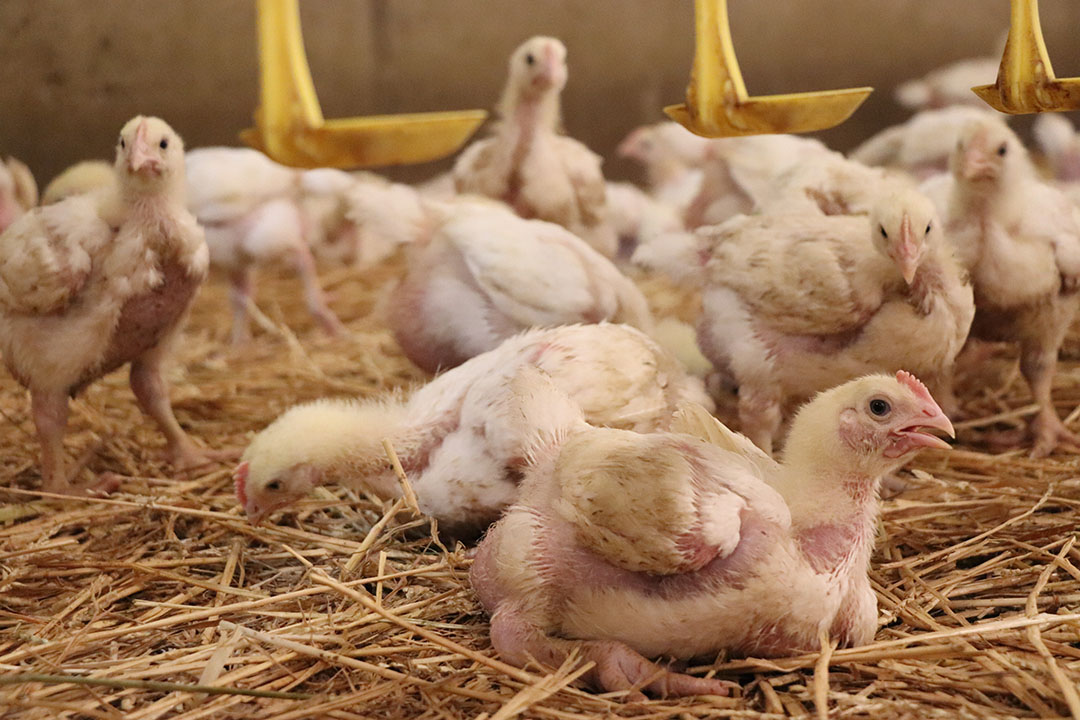
The Lesniewski family also has to comply with a number of quality labels and schemes. These include IKB Kip, a worldwide certification scheme for quality and also QS Poultry, a German quality scheme aimed at transparency and safe products throughout the food chain.
“And we do not meet just that but we even meet the quality standards of the British supermarket chain Tesco,” said Jerzy. The bedding in the broiler barn is straw. Using straw, the footpad lesion score is already very low, with an average of 88-90% clean soles. Nevertheless, they are thinking about perhaps using another type of bedding for the house, namely peat. “Perhaps we can get the footpad lesion score even lower. That would be great,” said the Polish broiler farmers.
Proven equipment
The equipment in the house, such as the feed and water lines, meet or exceed European regulations. The feeding lines are of the Kodei brand and the water lines of the Italian brand Cort. The Hotraco Agri EPU-12 house control system has been installed in the new barn. The houses are heated by means of indirect heating from Biemmedue, the BM2. There is also a misting system from an Italian company to cool the birds in hot summers. At the bottom of the inlet grilles at the front of the houses there is also a black pipe with nozzles which can be used to nebulise.
A lid hangs under the ventilation ducts in the roof so that the air is extracted more evenly (less draught). This ventilation system is of the German brand Ziehl-Abegg. Of course, the summer weather in Poland is sometimes very hot due to the continental climate. The Lesniewski family has taken 2 measures in response to this. Firstly, with misting systems installed in the barn and, secondly, they pay close attention to good feed quality. “By using the misting system, the maximum temperature in the barn can be kept at 28ºC, while it is much hotter outside,” said Jerzy.
There are, of course, many poultry farms in the world that mix wheat or other products with the core feed/compound feed themselves in order to reduce feed costs. Bartosz: “We have thought about blending wheat or other products and also calculated how much that could yield, but the investments are simply too high in proportion. I also foresee too many complications and we are actually too small as a company to start with that”.
“We could take over Brazil’s position”
As far as the Polish market is concerned, it is broadly divided into 3 parts according to father and son Lesniewski. Firstly, you have tightly controlled integrations. Secondly, less tightly controlled integrations with contracts. And thirdly, free trade.
Bartosz: “In terms of market share, the less tightly controlled integrations with contracts are by far the largest in our country with a market share of around 80-85%. With our broiler company, we therefore fall in the second group. We work under contract with the Dutch slaughterhouse Storteboom.”
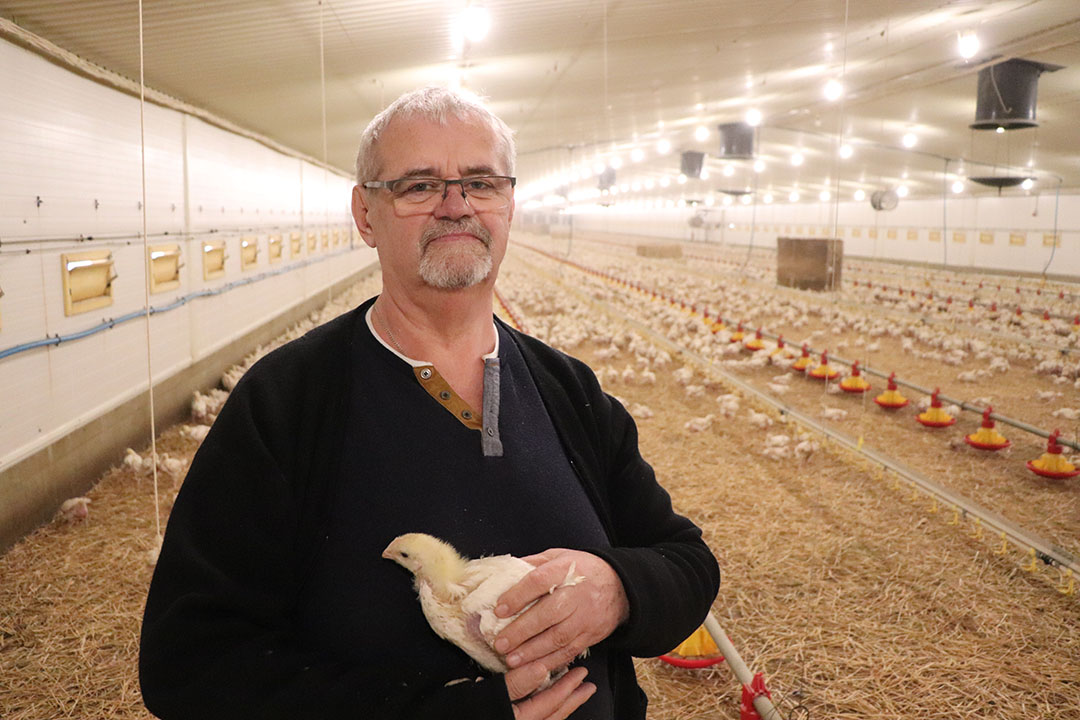
He estimates that the tightly controlled integrations and the free trade account for about 10-15% of the market. They say that Poland now has about 225 million poultry within its borders and there is still a lot of room for poultry in the country.
Bartosz: “If even more Polish broiler farms can comply with European legislation (and global legislation, such as the Better Chicken Commitment) and grow in the coming years, then I think we, as a country, could even overtake Brazil as one of the world’s largest poultry exporters. I think we have a good chance of taking over that position. Not least because, if you, as Europe, get your poultry meat from Poland, your environmental footprint will, of course, be many times lower than if it comes from Brazil.”
In terms of the market for slow-growing broilers, father and son both believe that it will remain a niche market in Poland.
Stricter rules of retail
The fact that the Lesniewski family buys feed from Agrifirm is because Agrifirm bought up Cehave Landbouwbelang in 2010. And the former Polish compound feed company Polzito was part of Cehave Landbouwbelang.
Jerzy: “Agrifirm stands for quality and good service. We have good contact with them and they have proactive feed advisors.” The poultry sector in Poland is not yet bothered by Polish animal welfare organisations, say the Lesniewski family. Although father and son note that the legislation to be able to supply supermarket chains in Europe and the UK is becoming increasingly stricter.
“And smaller Polish poultry farms find it more difficult to comply with EU legislation because they have less financial resources. But as said before, I think those smaller Polish companies will also grow and will eventually all be able to comply with this legislation and perhaps even with global legislation or the concepts of supermarket chains,” said Jerzy.
Father and son are very pleased with the European Union. In their view, an open market without barriers is crucial to the Polish poultry sector. “It is also important that we work with the same standards in Europe, so that we can sell our poultry meat in all European countries.”
The Poultry World Newsletter
Sign up for our newsletter and receive all our need-to-know content three times a week.
 Beheer
Beheer





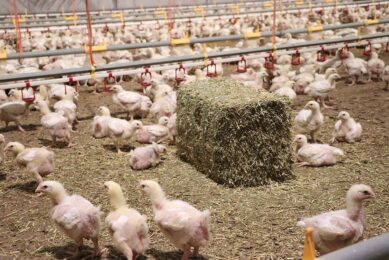





 WP Admin
WP Admin  Bewerk bericht
Bewerk bericht